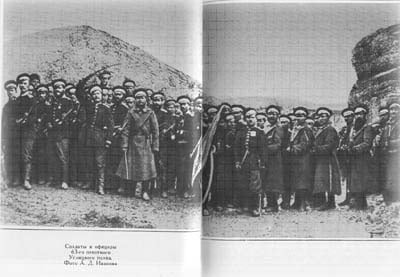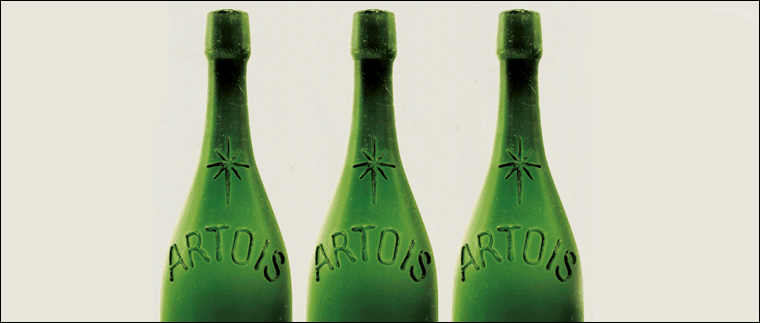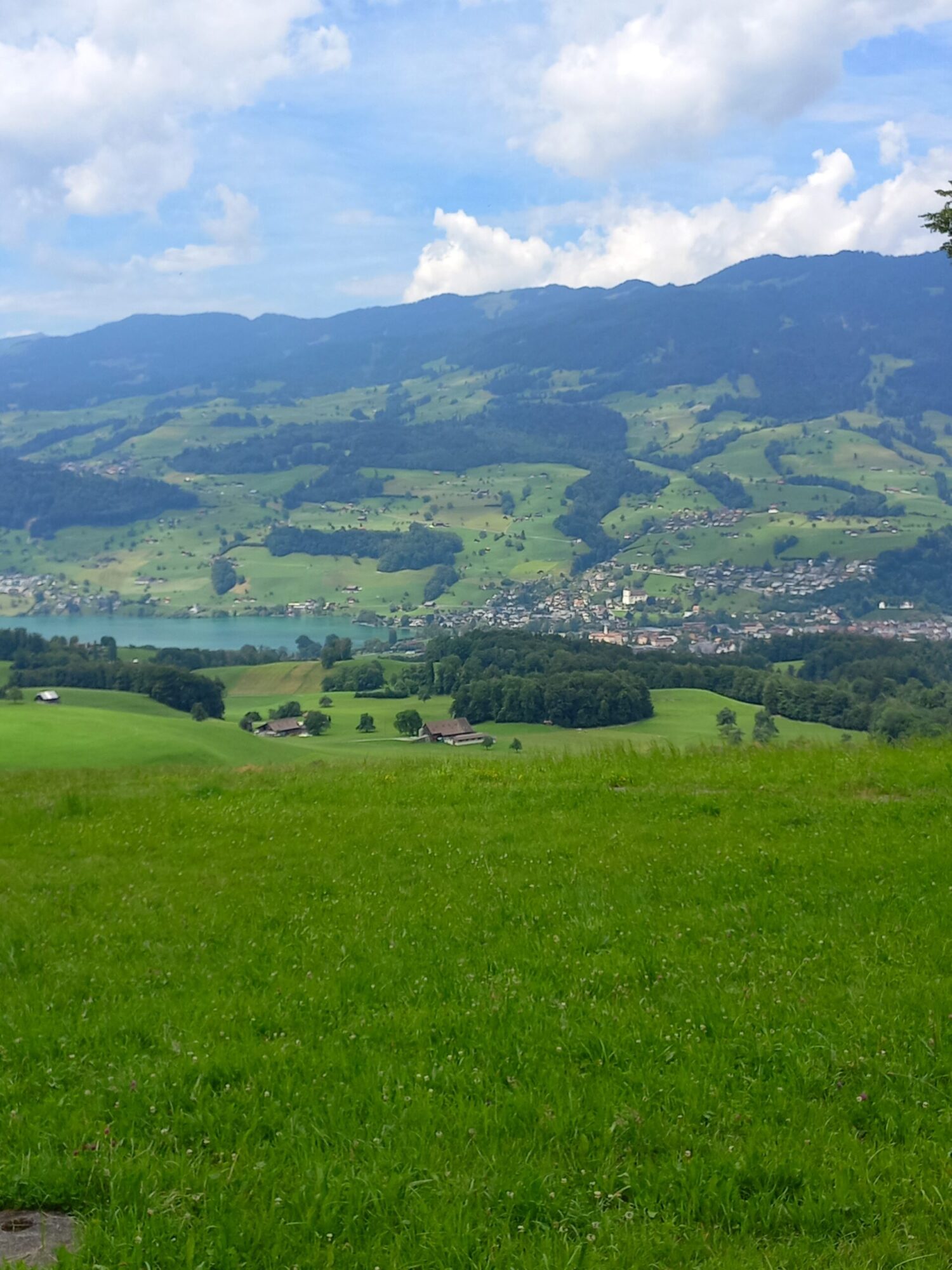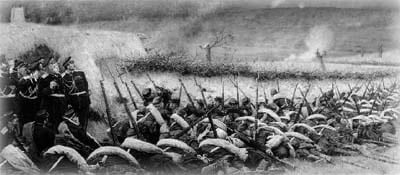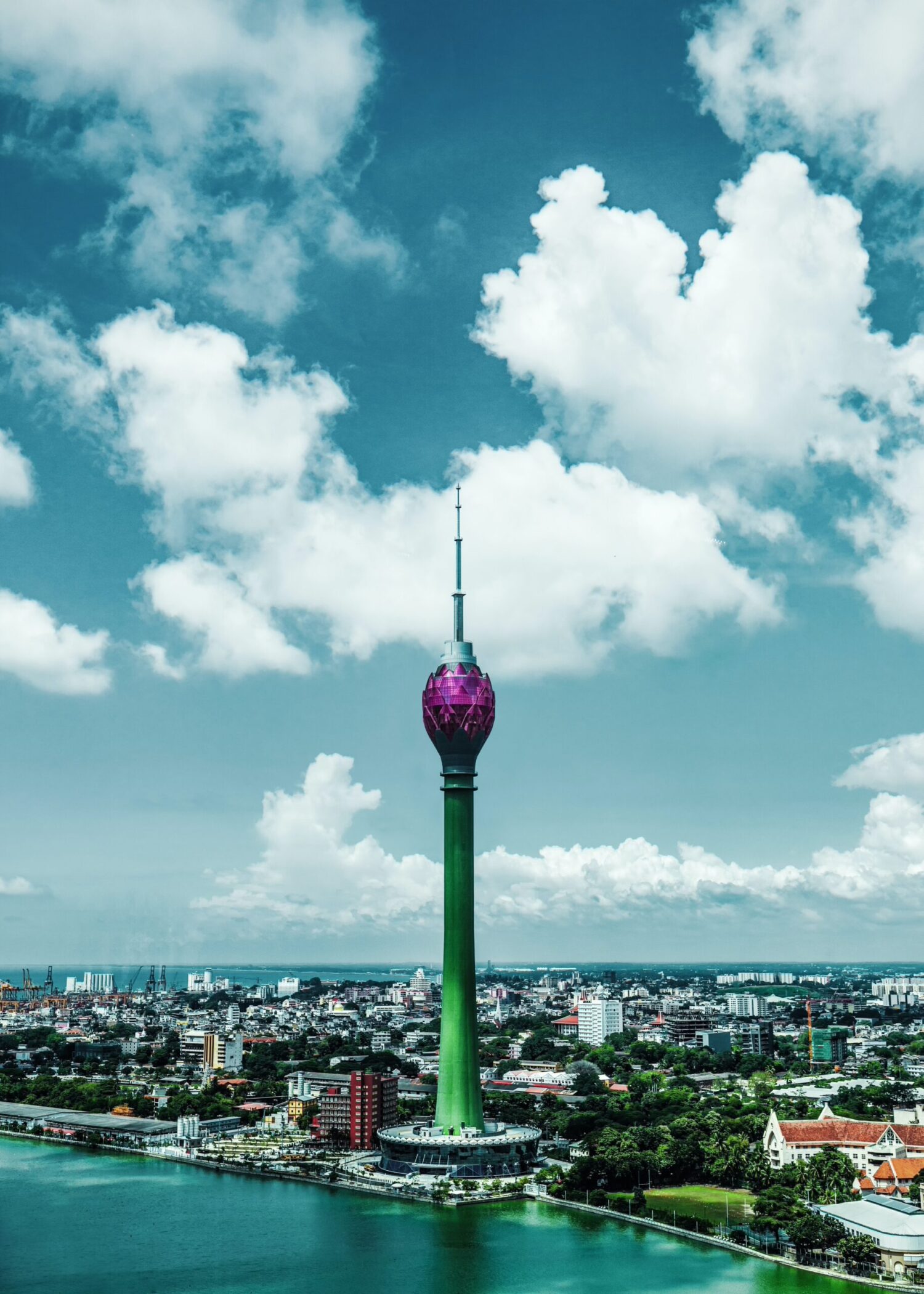During the war, as part of the headquarters of divisions, corps, separate formations, officers of the General Staff held the positions of chiefs of staff, their deputies and officers for assignments. It was on their shoulders that the provision of intelligence data fell to the troops. It cannot be said that all the General Staff officers showed themselves in the war from the best side. In particular, shortcomings in the organization of reconnaissance of individual detachments (for example, the neglect of the opportunity to use the Bulgarians as a source of information) largely depended on the personal qualities of an officer. Nemirovich-Danchenko noted shortcomings in the area that directly concerned the officers of the General Staff – the organization of undercover intelligence. Exaggerating, he nevertheless presented the situation correctly on the whole. “Also, some of our scouts are poorly organized, while Turkish spies are prowling all over the country. Back in Chisinau, people who understood the seriousness of the situation and knew Turkish forces better than our diplomats offered to organize a mass of scouts in Turkey itself. Our blindness was so great that this proposal was not put into motion. “Forgive me, we will finish the campaign in three months, why spend money on scouts!” Thanks to these far-sighted optimists, throughout the campaign we had no information about the movements of the Turks, while they received the most accurate information about ours” [28]. As an example, V.I. Nemirovich-Danchenko cited the actions of General Boreisha at Shipka, when he “saw the army of Suleiman, but did not understand its movements,” and because of his mistake, the Russian troops were almost completely defeated [29]. True, in this state of affairs it was not so much the General Staff officers who were involved in the organization of intelligence that were to blame, but the top military leadership.
In general, for the most part, lower-level officers of the General Staff coped with their duties. However, intelligence data was often simply ignored by the high command. Many of the senior officers of the General Staff advanced to their posts due to connections, intrigues, origins or past merits. Hence – little knowledge, indecision, poor understanding of the tactics and strategy of warfare. Thus, the second assault on Plevna, undertaken by N.P. Kridener. As a contemporary noted, “Baron Kridener’s mistake was not at all that he attacked Plevna on the orders of the Main Apartment (which was how the English correspondents justified his failure – O.G.), but that he proceeded to attack, limiting himself to information about the situation enemy, gleaned from the past bitter experience of Schilder-Schuldner … and did not first find out exactly all the necessary details of the position of Osman Pasha’s army” [30]. N.P. Ignatiev, who was with the army during the war, in letters to his wife succinctly described the main shortcoming of Russian military intelligence. “Yesterday I saw the entire retinue of the commander-in-chief,” he wrote in a letter dated August 3, “and cursed with them for the turn of the case, accusing the officers of the General Staff who did not foresee anything, playing hide and seek with the Turks and leading troops into battle without reconnaissance of the area! The accusations of the entire army are directed at Levitsky. It turns out that a good officer of the General Staff, Parensov, warned that masses of Turks were gathering in Plevno and that 8 battalions were going to Lovcha, where we had only Cossacks. Parensov received a reprimand from Levitsky, who accused him of unfounded information and useless anxiety caused to the commander in chief. It is remarkable that Levitsky’s letter was sent exactly on the day when the Turks attacked Lovcha, drove out the Cossacks and beat the unfortunate Bulgarians who were defending themselves in the school and church … Instead of listening to Parensov, who was on the spot, and sending infantry to Lovcha, taking the appropriate measures regarding Plevno, the Pole Levitsky “besieged” the zealous and efficient officer” [31].
Among other things, the officers of the General Staff led the work on mapping Bulgaria and the Balkan Peninsula. Since this was also a kind of reconnaissance, only of the already occupied territory, the author will not dwell on it in more detail. By order of November 1, 1876, a field Military Topographic Department was formed at the headquarters of the Active Army, consisting of nineteen people under the command of Colonel General Staff D.D. Oblomievsky and his assistant, Captain of the General Staff M.A. Savitsky [32]. In winter, it was exclusively clerical work: preparing maps and plans for the war, putting on maps information about routes, settlements, information about the location, movement, number of Turkish troops received by the headquarters officer over the leaders, copying and sending plans to the troops Turkish positions, etc. With the outbreak of hostilities, two topographers were seconded to the headquarters of each corps to conduct topographic work. Special trigonometric work was entrusted to Colonel General Staff M.N. Lebedev. In June 1877, a survey of Bulgaria was organized with the center in the city of Sistov, which was headed by Colonel of the General Staff A. Ernefelt [33]. However, in 1877, the work was carried out slowly, since Russian troops occupied only a small part of Bulgaria, and besides, heavy rains, snowfalls and fogs at the end of the year prevented their implementation. As a result of the successes of the army in the winter of 1877-1878. filming intensified, and after the end of hostilities, work was already carried out in three batches. During the war in October 1877, instead of D.D. Oblomievsky was occupied by N.D. Artamonov, which testified to the importance that the Russian command attached to mapping Bulgaria (recall that N.D. Artamonov headed the military intelligence of the army) [34].
The need to urgently map roads in the territory occupied by Russian troops in August 1877 led not only to an increase in the number of topographers in the Military Topographic Department. Officers of the General Staff and combatants were involved in the shooting. At the end of October, the filming work was completed, and the compiled five-verst map of Bulgaria was sent to the troops [35]. By November, the Department had prepared maps of the middle part of Bulgaria, Romania, the Balkan and Shipka passes, Plevna, Adrianople [36]. The work was carried out until May 1883, although most of them were completed at the end of 1879. As a result, Bulgaria was studied in detail in military topographic terms, and rich material was collected for compiling its map.
The war ended with a Russian military victory. At the end of January 1878, peace negotiations began between Russia and Turkey in the town of San Stefano. The Russian side was represented by N.P. Ignatiev and A.I. Nelidov. On February 19, a preliminary agreement was signed, which was generally based on the project of N.P. Ignatiev, who proposed the creation of independent Romania, Serbia and Montenegro, as well as Greater Bulgaria with access to the Black and Aegean Seas [37]. However, Austria-Hungary and Great Britain opposed the sharp weakening of the Ottoman Empire in Europe and the creation of a vast Slavic state, to a certain extent dependent on Russia. The British government stated that the articles of the San Stefano treaty should be brought up for discussion at an international congress. The Russian Foreign Ministry did not want a new war, which could result in a coalition against Russia, so negotiations with Great Britain were entrusted to Count P.A. Shuvalov – Ambassador to London. He was not, unlike N.P. Ignatiev, a supporter of radical measures, and tried to be as compliant as possible in order to avoid unnecessary complications.
The congress opened on June 1, 1878 in Berlin. Since the activities and results of the Berlin Congress have been studied in detail in Russian and Soviet literature, the author will not dwell on its work in detail, but will only note that its results largely meant the strategic defeat of Russia. With the end of the war, Russia faced new conditions in the Balkans, the study of which is beyond the scope of this article.
Summing up, it can be noted that the officers of the General Staff played a significant role in organizing military intelligence in Bulgaria during 1856-1878. They were both its implementers and inspirers. Thus, N.P. Ignatiev, who served as envoy in Constantinople from 1864 to 1876. Being a supporter of strengthening Russia’s influence in the Balkans, he strongly supported the national liberation aspirations of the Balkan peoples, both diplomatically and materially, organizing the supply of weapons, business trips of Russian officers to organize the armies of the Balkan countries. He also facilitated the admission of Russian General Staff officers to study Turkey under the guise of mapping.
However, for the most part, the officers of the General Staff played the role of executors in relation to Turkey – intelligence officers, holding the posts of official and unofficial military agents, visiting the country secretly. Their main goal was to collect information about the armed forces, about a possible theater of operations. Based on this information, the Russian command drew up plans for the conduct of the war. It cannot be said that the intelligence activities of the officers of the General Staff were of sufficient quality. But this was explained, first of all, by the closeness of Turkey to the Russian military, since the Ottoman Empire traditionally considered Russia as a potential adversary. However, even incomplete information allowed the Russian command to draw up quite feasible plans for the conduct of the war, however, in fact, they underwent changes for various reasons, including the indecision of the high command. Military intelligence was conducted by the General Staff officers at the level of European standards of that time in this area. But its results often depended on the subjective factor. In particular, the quality of reconnaissance depended on the personal qualities of the officers of the General Staff who carried it out (their preparedness, degree of responsibility, moral and personal qualities, etc.); on the qualities of the chiefs who received information from lower-level intelligence officers (how much they found it necessary to use it, and this, in turn, again raised the question of the personal characteristics of this or that officer); finally, on the degree of use of intelligence information by the high command. As the war of 1877-1878 showed, often this information was poorly used precisely because of the low competence or interest of people from the Main Apartment.
That is why it is possible to evaluate the activities of military intelligence in relation to Bulgaria in the period under review in two ways: while being at a high level, it still retained many negative features, most of which were subjective.
In 1875-1876. A number of uprisings broke out in the Balkans against Turkish rule. With the aggravation of the Balkan question and the uprising in Bulgaria in April 1876, the likelihood of war increased markedly. After the suppression of this uprising by the Turks, supporters of an active policy in the Balkans took over in the Russian government. In the fall, mobilization was announced and preparations for war began. In November 1876, the field headquarters of the Army in the Field was formed. In October, General Staff Colonel V.G. was sent to help the military agent in Constantinople. Zolotarev [18].
The most important task before the war was reconnaissance of the theater of operations and the deployment of Turkish troops. To solve it, in the autumn of 1876, colonels of the General Staff were sent to Romania: first – M.A. Kantakuzin (for negotiations on a convention on the passage of Russian troops), and then – G.I. Bobrikov and P.D. Parensov. At the same time, in October, at the request of the President of the Council of Ministers of Romania, Prince Bratianu, Colonel of the General Staff V.G. arrived in Bucharest. Zolotarev to assist the Romanian army in preparing for the war [19]. P.D. Parensov received from the Chief of Staff of the Active Army A.A. Nepokoichitsky’s task was to collect information about the Turks and the fortifications of Ruschuk in Bulgaria [20]. Arriving in Romania under an assumed name, P.D. Parensov, with the help of the Russian consulate, contacted the Bulgarians who lived there. Through them, the colonel managed to establish a fairly extensive intelligence network across the Danube, and supply the headquarters with the necessary information. However, despite the dedication of P.D. Parensov, his efforts were often in vain due to the negligence of the Assistant Chief of Staff of the Army in the Field, Major General of the General Staff K.V. Levitsky, to whom the colonel sent his reports.
As for G.I. Bobrikov, then, as already noted, he arrived in Bucharest in December as a military representative to the Commander-in-Chief in order to ensure the advance of the Russian army through the territory of the principality, as well as to negotiate with Prince Charles and Bratianu on signing a convention allowing the Russian army to pass through Romania and on entry of the latter into the war with Turkey [21]. At the same time, he was engaged in intelligence. The first successes of the Russian army in the war of 1877-1878. were largely associated with the quality activities of P.D. Parensova and G.I. Bobrikov, primarily on the organization of undercover intelligence in Bulgaria [22].
To organize intelligence at the headquarters, there was a position of a staff officer over the leaders. According to the regulation on the Army in the Field, the latter “is in charge of collecting information about the forces, disposition, movements and intentions of the enemy, disposes of the delivery of reliable guides and scouts to the army, compiles general summaries from their testimony, checks the testimony of prisoners collected by periodicals … He takes care of finding guides for the army from local residents and distributes them to parts of the troops according to the instructions of the Chief of the Army, ”to whom he is directly subordinate [23]. Colonel of the General Staff N.D. was appointed to this position. Artamonov.
With the outbreak of war, the overall leadership of intelligence passed to N.D. Artamonov. Occupying the position of a staff officer over the columnists of the headquarters of the Army in the Field, he coordinated intelligence activities and selected translators and guides for army units. Following the recommendations of the colonels of the General Staff P.D. Parensova and G.I. Bobrikov, who, together with N.D. Artamonov were the main organizers of the intelligence of the Russian army, on April 27, 1877, the chief of staff of the Army in the Field A.A. Nepokoichitsky, by his order, recommended appointing guides and interpreters from the Bulgarians. Anyone who wanted to get a place as a guide or interpreter had to have a recommendation from P.D. Parensova, G.I. Bobrikova or N.D. Artamonov [24]. The latter used the assistance of Bulgarian agents, recruited before the war, in order to avoid the penetration of Turkish spies into the Russian army. On the ground, the organization of intelligence was entrusted to the officers of the General Staff.
As a whole, intelligence activities can be assessed satisfactorily. Due to the lack of allocated funds and the lack of operational communications, intelligence was often delayed, or was used at headquarters for other purposes. Before the war, the field headquarters was actively involved in determining the size and location of the Turkish army, since until then information of such a plan was incomplete. The department of the headquarters officer over the counselors received information from the embassy in Constantinople, from the consuls, from the General Staff, from P.D. Parensova and G.I. Bobrikov and other persons sent to conduct intelligence in Romania and Bulgaria. Consular reports were the most reliable, since their headquarters received them in 10–15 days. In January 1877 N.D. Artamonov completed a reporting table on the Turkish troops, on the basis of which he concluded that Turkey put up more regular troops in this war than in previous ones. N.D. Artamonov noted that if the Russian command wanted to quickly reach Constantinople, then the proposed four corps would not be enough. His remarks were taken into account, and in April three more corps arrived at the theater of operations from Russia [25]. Based on the reports of the consuls and the military agent in Constantinople, Colonel of the General Staff A.S. Zeleny in March 1877, the latter, together with Colonel of the General Staff A.A. Bogolyubov compiled a detailed statement of the location and number of Turkish troops [26]. A table of Turkish troops compiled on its basis was sent to the troops in April 1877.
However, with the outbreak of hostilities, it became more difficult to obtain reliable information, since all Russian consuls were expelled from Turkey. Therefore, the Bulgarians became the most reliable means of obtaining information about the enemy. Established P.D. Parensov and G.I. Bobrikov, the intelligence network helped the Russian army during its offensive in Bulgaria [27].
Notes:
[18] Russian State Military Historical Archive (hereinafter – RGVIA). – F. 485. – D. 766. – L. 1.
[19] The liberation of Bulgaria from the Turkish yoke. Documents in three volumes. – M., 1961. – T. 1. – S. 443.
[20] Parensov P.D. From past. (Memoirs of an officer of the General Staff about the war of 1877-1878) // Russian antiquity. – 1899. – Prince. 1. – S. 126.
[21] Bobrikov G.I. Decree. cit. – 1912. – Book. 5. – S. 290.
[22] Goranov P., Spasov L. Decree. op. – S. 44.
[23] RGVIA. – F. 485. – D. 1162. – L. 1.
[24] Ulunyan A.A. Decree. op. – S. 39.
[25] RGVIA. – F. 485. – D. 1162. – L. 10.
[26] Ibid. – L. 6-7.
[27] For more details, see: Kosev K., Doinov S. The Liberation War of 1877–1878 and the Bulgarian National Revolution. – Sofia, 1988. – 390 p.; Todorov G.D. Roleta in Bulgarian in Russian found out the prez liberation of the Russian-Turkish war (1877–1878) // Izvestiya na instituta za istorii. – Sofia, 1960. – T. 9. – 3-56.
[28] Nemirovich-Danchenko V.I. Year of the War: Diary of a Russian Correspondent 1877-1878: In 2 vols. – St. Petersburg, 1878. – T. 1. – P. 28.
[29] Ibid.
[30] Maksimov N.V. Beyond the Danube // Otechestvennye zapiski. – 1878. – No. 7. – P. 128.
[31] Ignatiev N.P. Camping letters in 1877. – M.: ROSSPEN, 1999. – S. 171-172.
[32] RGVIA. – D. 53. – L. 1.
[33] Ernefelt A. Astronomical, geodesic and topographic works on the Balkan Peninsula in 1877-79 // News of the Russian Geographical Society. – 1880. – T. 16. – Issue. 4. – S. 381.
[34] Starodymov N.A. Decree. op. – S. 49.
[35] Glushkov V.V., Dolgov E.I. On topographic work during the Russian-Turkish war of 1877–1878. // Geodesy and cartography. – 1998. – No. 4. – P. 58.
[36] RGVIA. – F. 485. – D. 53. – L. 15.
[37] For more details, see: Ignatiev N.P. San Stefano. Notes of N.P. Ignatiev. – Pg., 1916. – 359 p.
Source: Drinovsky collection / Drinovsky collection. -2008. – T. 2. – X. – Sofia: Academician vidavnitstvo im. prof. Marina Drinova. – S. 152-160.
Source of the illustration: Vinogradov V.I. Russo-Turkish War 1877-1878 and liberation of Bulgaria. – M.: Mysl, 1978. – P. 220-221.



